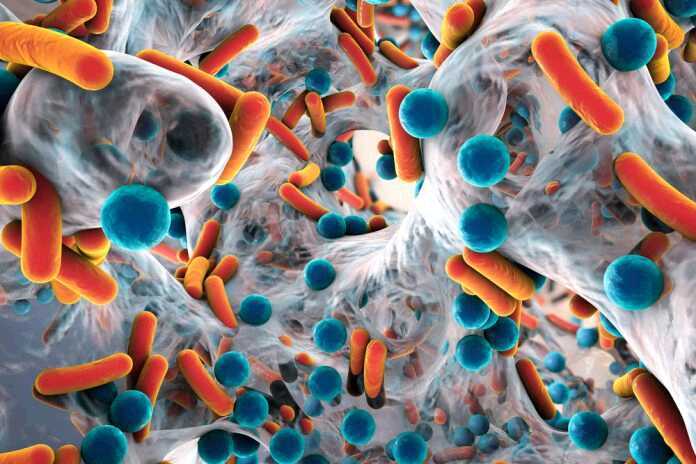
For those who do regular medical checkups, you must have heard your doctor mention the word bacteria or bacterial infection. Have you ever been interested to know more about this terminology? This article will focus on the general causes, symptoms, and diagnosis of bacterial infections.
Bacteria are unicellular microorganisms. Under a microscope, they appear as balls, stems or spirals. Some bacteria are vital in the body while others are extremely dangerous. Depending on the type of bacteria, these organisms cause different types of infections.
Symptoms of Bacterial Infections
The manifestations of bacterial infections can also resemble the signs of other conditions, such as influenza, colitis, and viral infections. The main symptom of a bacterial infection is fever; however, not all people with a bacterial infection have the fever. Other common symptoms of bacterial infections include; blood in urine, painful and frequent urination, diarrhea, fatigue, fever, sore throat, headache, cough, pain, irritability, nausea and vomiting, joint pain, ear or abdominal pain, rash, lesions, and abscess. In some cases, bacterial diseases can lead to serious or life-threatening complications, such as sepsis or kidney failure.
Causes and Risk Factors for Bacterial Infections
Bacterial diseases occur when pathogenic bacteria enter the body and begin to reproduce and squeeze out healthy bacteria. This pathogenic bacteria also grows in tissues that are normally sterile leading to serious health complications. Harmful bacteria can also emit toxins that damage the body.
The commonly known pathogenic bacteria and their causes are:
- Escherichia coli and Salmonella – Food poisoning
- Helicobacter pylori – gastritis and ulcers
- Neisseria gonorrhoeae – gonorrhea
- Neisseria meningitides – meningitis
- Staphylococcus aureus – boils, cellulitis, abscesses, wound infections, and toxic shock syndrome, pneumonia and food poisoning
- Streptococcal bacteria – pneumonia, meningitis, ear infections, and strep infections.
Diagnosis and Treatment
The main treatment of bacterial infections is the use of antibiotics. Antibiotics are administered orally, intravenously or by intramuscular injection, depending on the type and severity of the bacterial disease and other factors. Other treatment mechanisms of bacterial infections include: proper nutrition and rest.





























